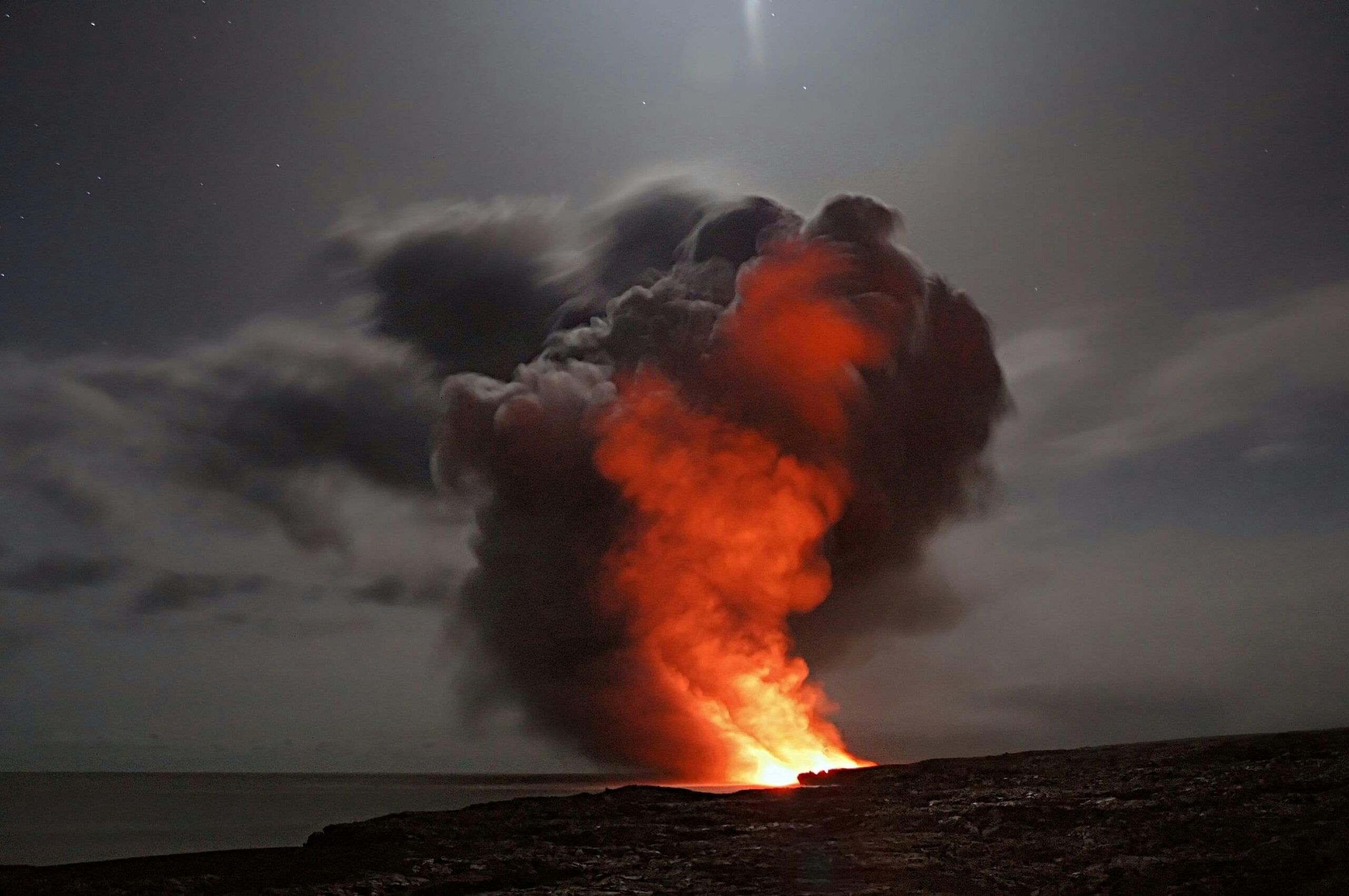The use of atomic bombs on Hiroshima and Nagasaki in August 1945 remains one of the most contentious and profound decisions in modern history. As the world stood on the brink of the Cold War, the bombings marked the end of World War II and heralded a new era of nuclear geopolitics. However, the justification of these bombings to the American public was as much a product of wartime propaganda as it was a strategic military decision. To understand this complex narrative, we must delve into the mechanisms of propaganda and public perception that shaped America’s view of the atomic bombings.
The Context of War and Propaganda
By the time the bombs were dropped, the United States had been engaged in a brutal conflict with Japan for nearly four years. The Pacific Theater had been characterized by fierce and costly battles, with the invasion of Okinawa in the spring of 1945 demonstrating the staggering human cost of a potential invasion of the Japanese mainland. As Allied forces advanced, the prospect of a protracted ground war loomed, and the atomic bombs presented an alternative that promised a swift conclusion.
The government recognized the need to justify this new weapon to a war-weary public. Propaganda played a crucial role in framing the bombings within a narrative that emphasized their necessity and righteousness. This narrative was meticulously crafted to align public perception with the government’s strategic objectives.
Crafting the Narrative
The justification of the atomic bombings to the American public was achieved through a multifaceted propaganda effort. Central to this effort was the portrayal of the bombs as a necessary evil to bring about a swift end to the war. This narrative was reinforced through various channels, including press releases, official statements, and visual media.
The imagery surrounding the bombings was carefully curated. The immediate post-bombing reports from Hiroshima and Nagasaki were filled with dramatic photographs and descriptions of the devastation. These images were not just news but were utilized to underline the sheer power and destructive capacity of the bombs. The portrayal of the bombings as a means to end the war quickly, thus saving countless lives that would have been lost in a protracted invasion, was emphasized to build public support.
The Human Cost and Moral Justifications
The human cost of the bombings was significant and cannot be understated. The immediate deaths, along with the long-term effects of radiation sickness, were immense. However, propaganda efforts largely minimized these aspects in favor of presenting the bombings as a necessary act of war.
To justify the bombings, government officials and media outlets highlighted the Japanese government’s refusal to surrender, portraying the atomic bombs as the only viable option to end the war. The narrative suggested that Japan’s resistance and the anticipated casualties of a conventional invasion necessitated the use of such extreme measures. This framing served to diminish moral objections by focusing on the potential greater good—quickly ending the war and preventing further Allied and Japanese casualties.
The Role of Media and Public Sentiment
The American media played a significant role in shaping public sentiment regarding the bombings. Following the bombings, newspapers and radio broadcasts were filled with reports that emphasized the strategic benefits and the purportedly humane aspects of using the atomic bombs. The media coverage was often framed to highlight the relief and gratitude of soldiers and civilians who felt that the bombings had brought about a necessary end to the conflict.
In parallel, patriotic fervor and the prevailing sentiment of justifying wartime actions contributed to a collective acceptance of the bombings. The public, having endured years of war, was primed to accept the narrative that portrayed the bombings as a tragic but essential step toward peace.
Legacy and Reflection
The legacy of the atomic bombings is complex and multifaceted. While the immediate post-war propaganda succeeded in justifying the bombings to the American public, historical reflection offers a more nuanced view. Over time, the ethical implications and the long-term consequences of nuclear warfare have become subjects of intense debate.
The initial justification was deeply rooted in the context of wartime necessity and public perception management. However, as historical analysis and survivor testimonies have emerged, a more comprehensive understanding of the moral and humanitarian dimensions of the bombings has developed.
In conclusion, the justification of the atomic bombings to the American public was a product of strategic propaganda designed to align public perception with wartime goals. This effort effectively framed the bombings as a necessary action to end the war and save lives, while minimizing the moral and human costs involved. The lessons learned from this period continue to shape discussions on the ethics of warfare and the power of propaganda in influencing public perception.












Recent Comments